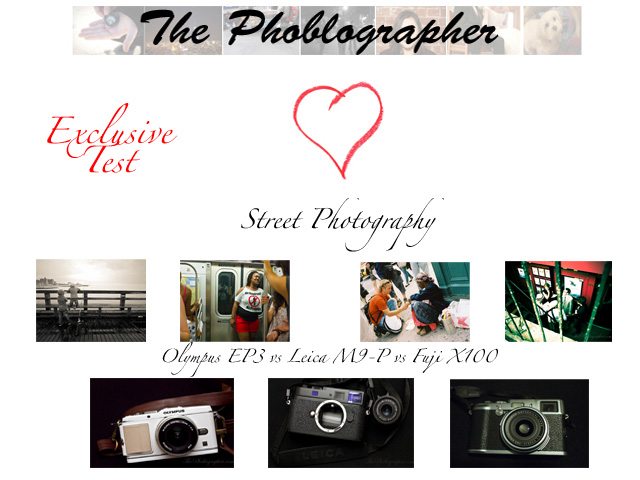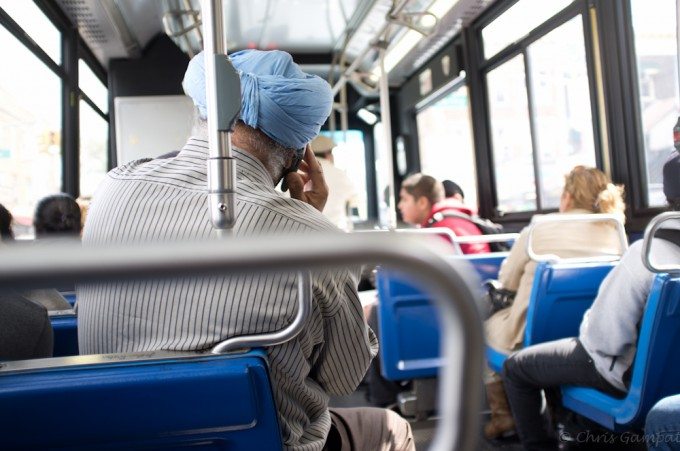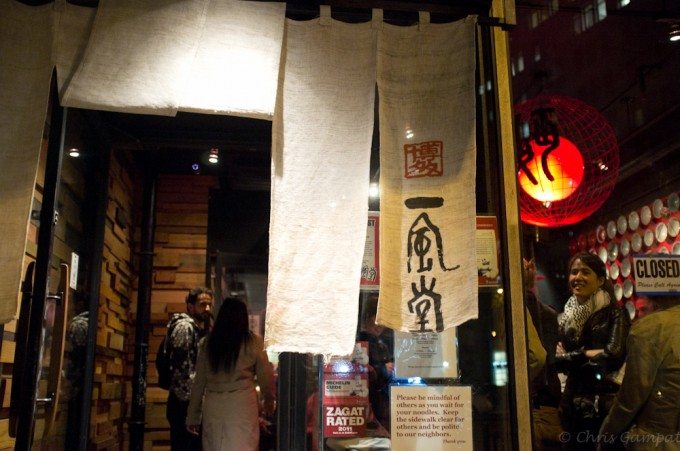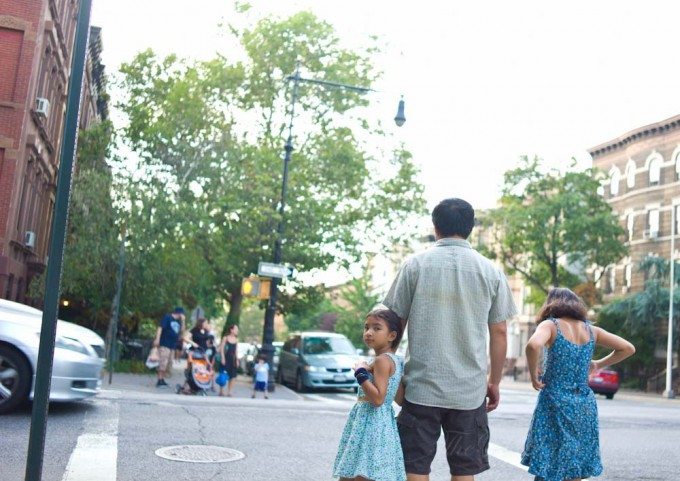We’ve reviewed the Leica M9-P (M9P or M-9P), Olympus EP3 (E-P3 or EP-3) and the Fuji X100 (Fujifilm X100) and put them through their paces. Now if you take a look at street photography forums and read questions from photographers, they will all express uncertainty about which camera would be best for them. After long, thorough and exhaustive testing, this is the comparison review; we hope our findings will answer the questions of street photographers and documentarians everywhere.
So which one is right for you and which one can be declared king of the streets? Let’s find out.
Ergonomics
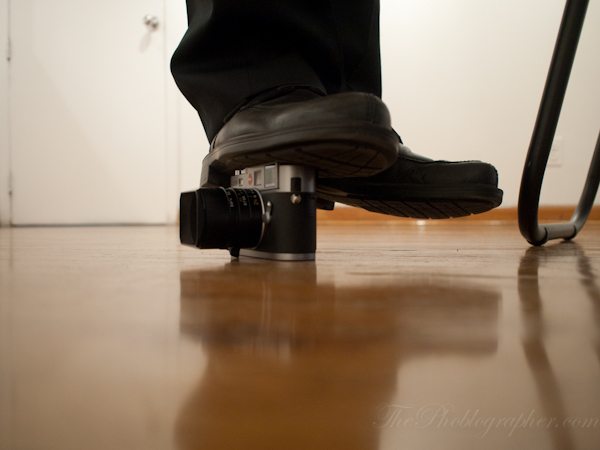
Leica M9-P: As the heaviest and sturdiest camera of the bunch, Leica will proudly tout that you can stand on their cameras and they will live to shoot another day (seen in the photo above with a Leica M9). With the least buttons of the bunch of cameras in this list, it isn’t necessarily the easiest to use. However, it must be stated that it allows the user to get to the important settings very quickly.
Fuji X100: When it comes to setting the exposure, the Fuji X100 totally rocks. When it comes to actually changing a setting like ISO or having to switch to Macro mode because you want to take a portrait of someone and be closer than three feet, it’s a bit of a workaround. Otherwise though, this camera is very easy to work with, and it is also the lightest camera of the bunch, at least in my hands.
Olympus EP3: The buttons and dials that you really need are in the right place. The most amazing thing about the EP3, however, is the touchscreen. The entire camera can be operated from this special piece of glass. It feels good in the hand and will feel like a constant companion to you.
Winner: Tie- Olympus EP3 for the total lack of fussing needed to be done with the camera and if you don’t mind using a touchscreen. And the Fuji X100 if you prefer a viewfinder.
Focusing
Leica M9-P: To focus the Leica, you’ll need to do things the old-school way—manually. Luckily, all Leica lenses have a distance meter that will help you to focus out if you’re not looking through the viewfinder. The way a rangefinder focuses is very precise though, and nothing terrible can be said about it at all. It’s just different.
Fuji X100: You’re usually best off using the center focusing area and recomposing with this camera. The focusing isn’t that snappy in low light either.
Olympus EP3: Olympus has totally revamped their focusing system with their new processor and their new line of MSC lenses. It is the fastest I’ve seen of any camera. Yet, it isn’t very smart in focusing by itself, so you’re best off just using the touchscreen.
Winner: Olympus EP3 for the superb focusing system. They have taken flak for years and they’ve now gotten their act together.
Ease of Use
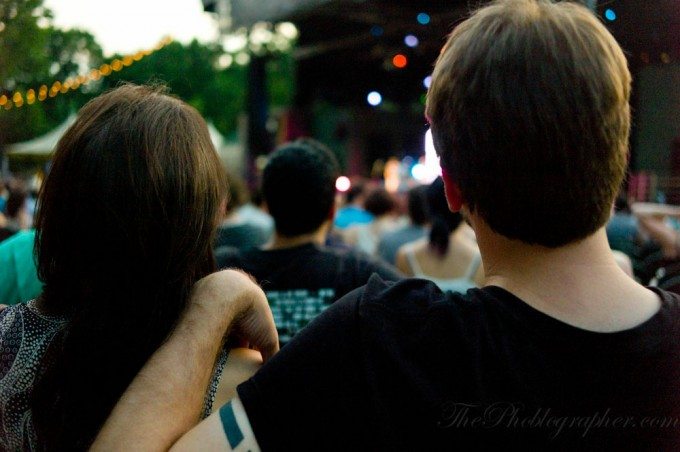
Leica M9-P: Accessing the settings you want and need is very quick and easy to do.
Fuji X100: You’ll have to develop a workflow that works best for you in terms of accessing your ISO settings, different focusing settings, film modes, etc.
Olympus EP3: Almost everything you’ll need is accessible via a button or through the touchscreen.
Winner: Leica M9-P. I can do everything I need in the shortest amount of time.
Image Quality
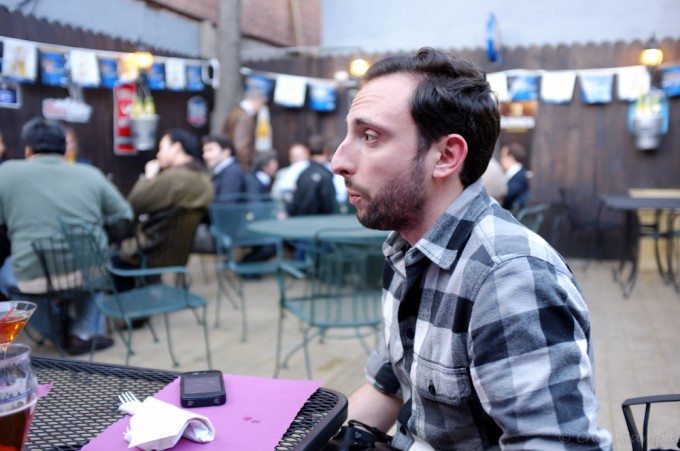
Leica M9-P: The full frame sensor camera in this category can give the user some incredible photos, but in order to do so you’ll need to learn a new style of metering. As stated in my review, the images look like Chrome film and coupled with Leica lenses and the full frame sensor, you’ll get some really gorgeous bokeh.
Fuji X100: The camera comes with an APS-C sensor and the best dynamic range in this group will also give you excellent photos. I initially had trouble with the metering until it suddenly and magically started working perfectly. According to forums, this is actually more common than I thought, though I cannot explain it.
Olympus EP3: The EP3’s image quality is very good and I believe it indeed has the best image quality of any Four Thirds/Micro Four Thirds camera to date. In fact, I was amazed at how good the images were. It also delivers the most color depth of any camera in this group.
Winner: Fuji X100 for better dynamic range and color rendering. However, the M9-P and EP3 are close.
High ISOs
Leica M9-P: A full frame sensor should deliver the best high ISO output, right? Unfortunately, it does not here. In fact, the camera only goes up to ISO 2500.
Fuji X100: The Fuji X100’s high ISO output is around that of the Canon 5D Mk II.
Olympus EP3: Olympus has done a very good job with their high ISO noise control. However, it isn’t the best of this group. It is close to the Canon 7D.
Winner: Fuji X100. For a company that has been the butt of many jokes in the digital world since the death of the S5 Pro, they came roaring back with a vengeance. Damned good job, Fujifilm.
Metering
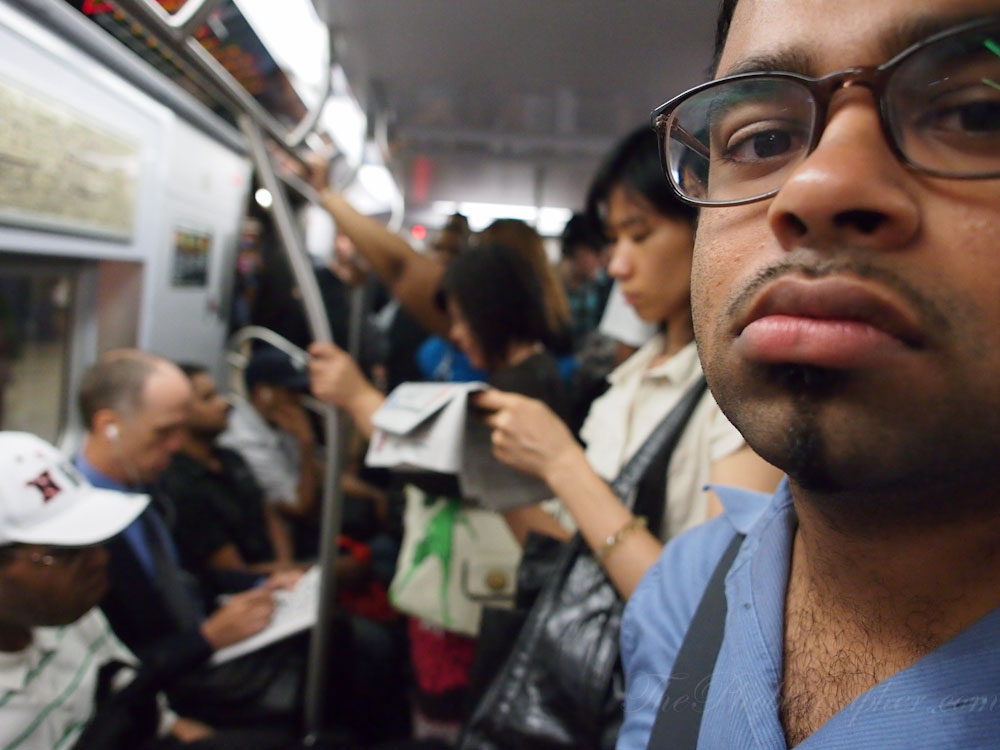
Leica M9-P: The worst part of the M9-P is the metering. Once you’ve got it figure out though, you’ll be smitten with the images the camera can produce. For a camera that appeals to film photographers and that doesn’t even follow the simple rules of Sunny 16, I’m shocked.
Fuji X100: Inconsistent, but when it works, it works very well.
Olympus EP3: Olympus hands down has the best metering of any camera system I’ve used except for Hassleblad.
Winner: Olympus EP3.
Stealth Factor
Leica M9-P: As the biggest and loudest camera of the bunch, many people will pass it off as just as film camera. Leica’s efforts to make the camera stealthier in terms of looks have paid off.
Fuji X100: As the quietest of the bunch, you often have to look through the viewfinder to have any idea of what you’re going to get. That may not always work. Nothing about it, however, is designed to intimidate the person you’re photographing.
Olympus EP3: Though it’s not the quietest, it is the smallest. Coupled with the fast focusing and touchscreen, the photographer can take their photo quickly and then move away like a fly on the wall.
Winner: Tie. All three cameras will help you to achieve your mission, but they need to be used differently. If you can work with their unique functionalities, you can do well. Get the M9-P if you don’t mind shooting from the hip. Get the Fuji X100 if you want the viewfinder. Get the EP3 if you want to get up close, shoot quickly, and move along.
Portability
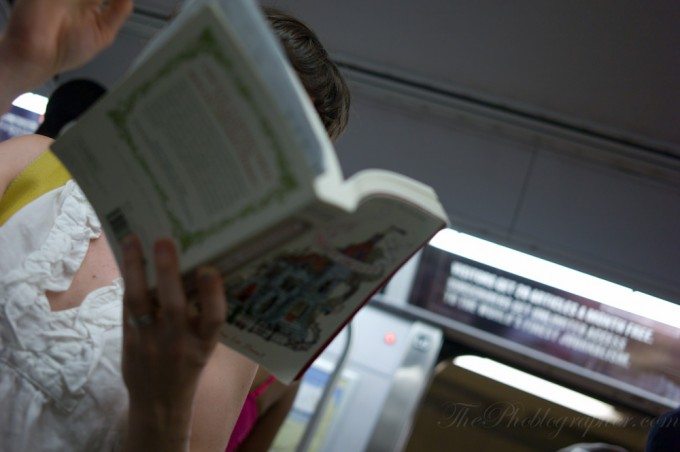
Leica M9-P: This is the heaviest camera of the bunch, but wearing it around your torso all day or night won’t hurt you one bit. Given its size, you should make sure it fits well in your hands.
Fuji X100: As the middle of the cameras, it is super light, well-built, and can be tossed easily into your day bag. You won’t regret it.
Olympus EP3: As the smallest camera of the bunch, many would think that it is the most portable option.
Winner: EP3 and Fuji X100 tie for being the smallest and the lightest accordingly.
Conclusion
I’ve used all of these cameras for street photography over a long and exhausting period of time. The Fuji X100 was amazing, but so was the Olympus EP3 and the Leica M9-P. I miss all three cameras, though all of them had quirks.
The Leica M9-P is a wonderful camera that can take extraordinary images, is built well, and has access to those lovely Leica lenses. Yet, given its hefty price tag, I simply cannot justify the purchase. If I want a Leica, I’d be much more inclined to purchase a film version.
The Fuji X100 is also expensive, but nowhere as bad as the Leica. It is another beast that requires taming, and there are dozens of photographers that have done so and came back with stunning images. The firmware updates have solved many problems with the camera as well. The fact that no one can keep them in stock is a testament to how amazing that camera really is. This camera retaught me street photography.
The Olympus EP3 is a personal love of mine. Small, powerful, fast, and simple to use, the EP3 is a camera that I’d almost consider trading in my Canon 7D for. My problem is that I can’t justify the price to myself when I already own such amazing DSLR cameras and I have no problem shooting with some of the best films out there. Using it for street photography was a pure pleasure.
In the end however, I would choose the Olympus EP3 for the fact that it does the most at a more affordable price than the others. If you’re interested in any of these cameras, you can click these links to compare and contrast prices.
Fuji X100: B&H or Amazon or eBay
Olympus EP3: B&H or Amazon or eBay
Leica M9-P: B&H or Amazon or eBay
Please Support The Phoblographer
We love to bring you guys the latest and greatest news and gear related stuff. However, we can’t keep doing that unless we have your continued support. If you would like to purchase any of the items mentioned, please do so by clicking our links first and then purchasing the items as we then get a small portion of the sale to help run the website.


